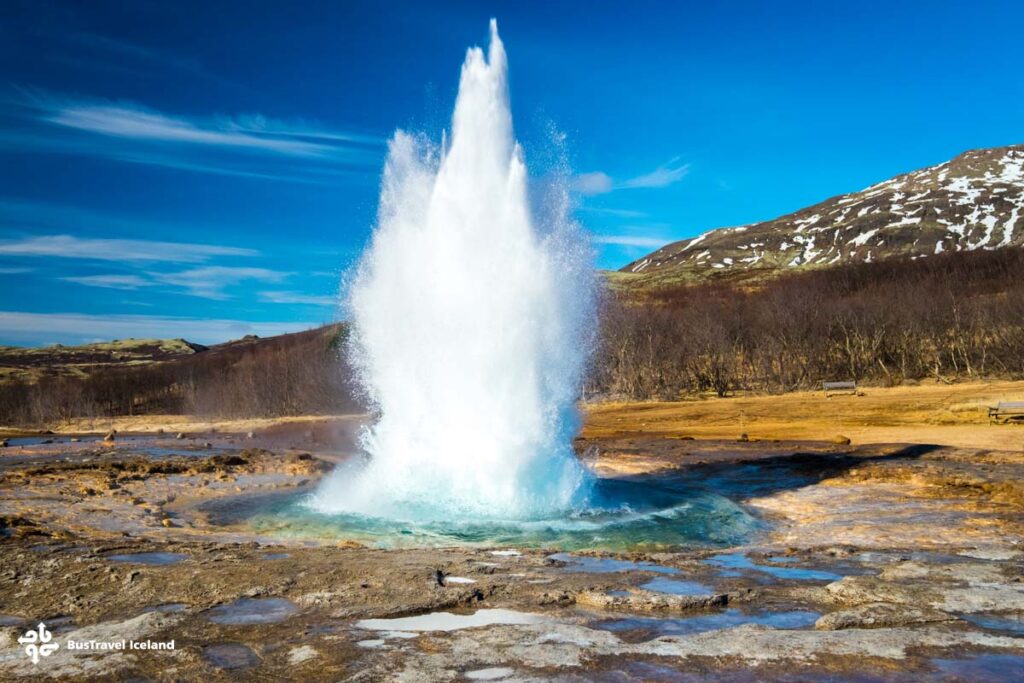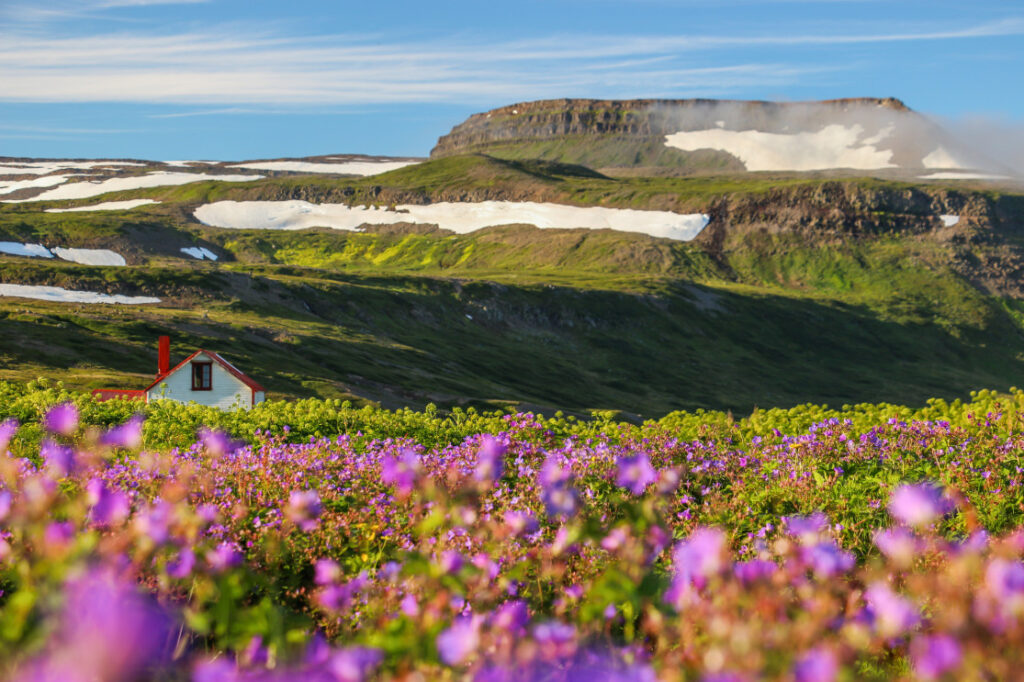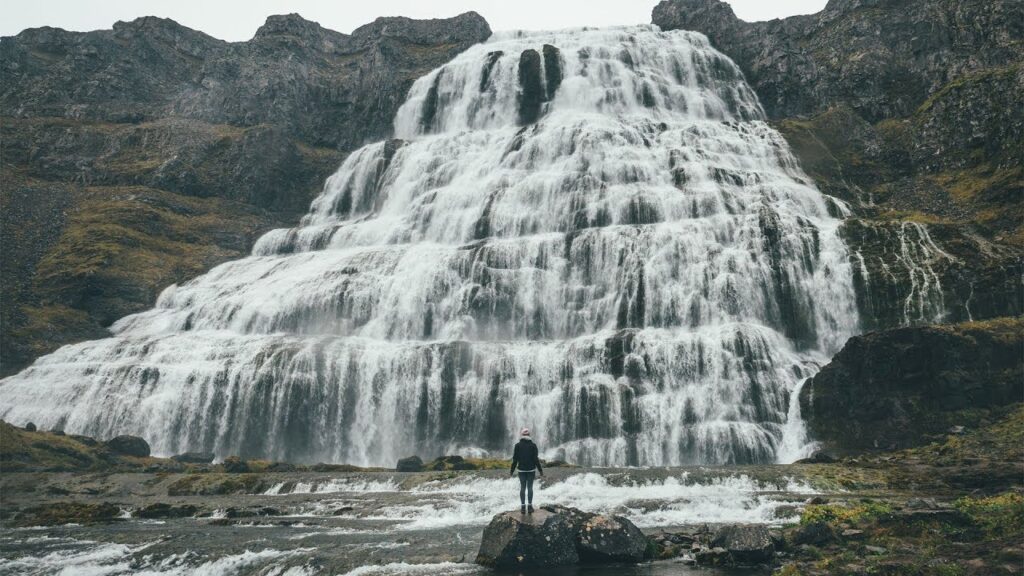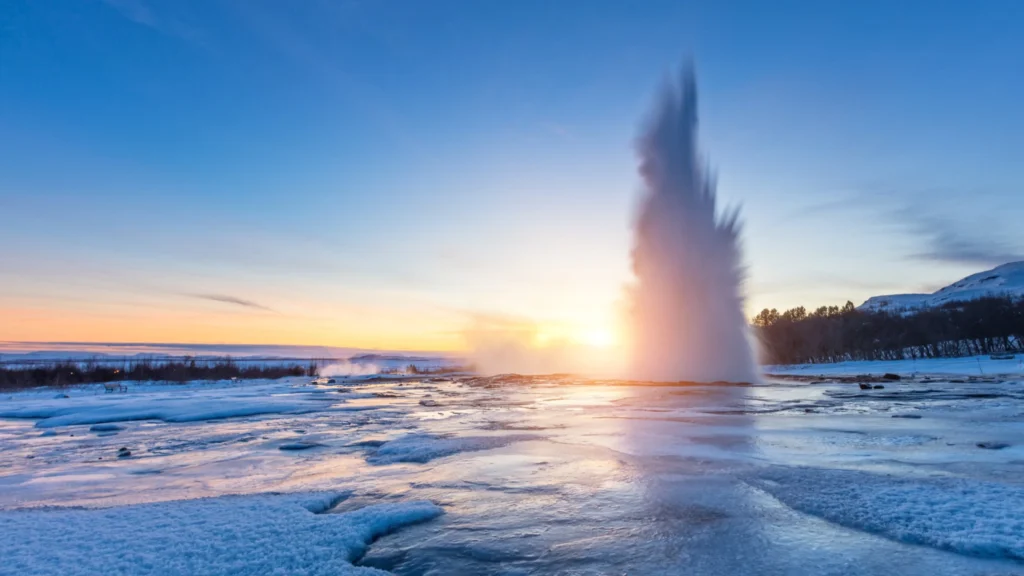Making headlines, topping bucket lists, and captivating nature lovers alike, this stunning northern destination continues to dazzle a growing number of visitors with its endless charms.

Vast, diverse, and awe-inspiring, Vatnajökull National Park was established in 2008 by merging the 8,300-square-kilometre Vatnajökull ice cap with the Skaftafell and Jökulsárgljúfur national parks. Covering over 14,100 square kilometres—about 14% of Iceland’s landmass—the park showcases a breathtaking array of landscapes shaped by rivers, glaciers, volcanoes, and geothermal forces.
The park protects the entire Vatnajökull ice cap, along with numerous outlet glaciers and glacial rivers. Visitors can explore dramatic rock formations at Ásbyrgi canyon, powerful waterfalls like Dettifoss and Svartifoss, the legendary Lakagígar crater row, Askja volcano, and many other natural wonders where geology, ecology, and history intertwine. Vatnajökull National Park is also a candidate for UNESCO World Heritage status.
While hiking trails and 4WD routes lead to remote highlights, many of the park’s gems are accessible from Iceland’s Ring Road, making it easy to enjoy spectacular views and experiences on standard tours. The park features five main visitor centres—Skaftafellsstofa, Gamlabúð, Skaftárstofa, Snæfellsstofa, and Gljúfrastofa—and several campgrounds.
Access is straightforward in the park’s lowland and northern regions, but reaching the glaciated and highland areas requires more preparation and care.

Snæfellsjökull National Park covers much of the western tip of the Snæfellsnes Peninsula, embracing the rugged slopes of the glacier Snæfellsjökull — the icy crown at the end of this long, narrow arm of land. Around the glacier’s flanks lie protected lava fields and mysterious lava tubes, habitats for native Icelandic wildlife, and prime coastal spots for birdwatching and whale watching. The park is threaded with hiking trails, and when conditions allow, guided tours can take you up onto the glacier itself.
When the swirling fog clears, the mighty ice cap reveals itself — famously immortalized by Jules Verne as the gateway to the centre of the earth in his novel Journey to the Centre of the Earth. In the story, a German geologist and his nephew embark on a daring expedition into Snæfells’ crater, inspired by a cryptic 16th-century Icelandic manuscript urging travellers:
Descend into the crater of Yocul of Sneffels, which the shade of Scartaris caresses, before the kalends of July, audacious traveller, and you will reach the centre of the earth. I did it.
The park’s visitor hub is at Malarrif, where maps and advice are readily available. An excellent online map guides visitors as well. During summer, park rangers offer free guided tours—check online or contact them by email for schedules.

Hornstrandir is one of Europe’s last great wildernesses, where craggy mountains, sheer sea cliffs, and plunging waterfalls shape a dramatic landscape in the far northwest of Iceland. This remote nature reserve offers challenging hiking across rugged terrain and outstanding opportunities to spot Arctic foxes, seals, whales, and abundant birdlife.
Visiting Hornstrandir requires careful planning and local advice, as treacherous snowdrifts with near-vertical faces can block mountain passes, and rivers may become impassable. The prime season to explore is July, when ferry services operate and weather is most stable. Outside the summer months—from late June to mid-August—visitors are few, but conditions grow unpredictable. Before June 15, registration with a ranger is mandatory.
Once home to a small community of hardy farmers until the 1950s, Hornstrandir has been a protected nature reserve since 1975. Its 580 square kilometres of tundra, fjords, glaciers, and alpine uplands are governed by some of Iceland’s strictest conservation rules, preserving its rich yet fragile ecosystems. Visitors must stay on marked trails, use designated campsites, and carry out all their rubbish to help protect this pristine wilderness.

Iceland’s superb National Museum showcases artefacts spanning from the earliest settlements to the modern age, bringing the country’s rich history and culture vividly to life. The creative displays offer an excellent overview, and a free smartphone audio guide provides in-depth stories behind the exhibits.
The highlight is the Settlement Era section, which explores the age of chieftains and the introduction of Christianity. Here you’ll find swords, drinking horns, silver hoards, and a striking bronze figure of Thor. Don’t miss the priceless 13th-century Valþjófsstaðir church door, intricately carved with the tale of a knight, his loyal lion, and a host of dragons.
Upstairs, exhibits cover the period from 1600 to the present, vividly illustrating Iceland’s struggles under foreign rule and its eventual path to independence. Ingenious use of materials is evident in everyday objects like gaming pieces crafted from cod ear bones and a wooden doll that doubled as a kitchen utensil.

Tumbling in a broad cascade over a 100-meter rocky scarp at the head of Dynjandivogur Bay, Dynjandi is the most spectacular waterfall in the Westfjords. The scenic, sometimes bumpy drive to reach it offers incredible views, showcasing how the falls gather runoff from the surrounding peaks and valleys. From June to August, a Westfjords Adventures bus service runs Monday, Wednesday, and Friday between Ísafjörður, Brjánslækur, and Patreksfjörður, stopping twice daily at Dynjandi.
A gentle climb from the car park takes you past a series of smaller waterfalls before you arrive at the roaring main cascade. Visitors can get close to the thunderous flow as it plunges dramatically down the mountainside, with sweeping views over the expansive fjord beyond.
The area is a protected nature reserve, featuring a free campsite strictly for cyclists and hikers, with a one-night maximum stay—overnight car parking is not permitted. Basic toilets are available for a small fee (200 kr), and running water is provided, adding to the convenience for outdoor enthusiasts.

This fascinating archaeological ruin-museum centers on a 10th-century Viking longhouse uncovered between 2001 and 2002, along with other Settlement-Era discoveries from central Reykjavík. Combining cutting-edge technology with archaeology, it offers a vivid glimpse into early Icelandic life. Be sure to see the fragment of boundary wall at the back—the oldest human-made structure in Reykjavík.
High-tech interactive displays include a wraparound panorama recreating the longhouse’s original surroundings. Multimedia tables detail the excavations, while a futuristic panel lets you explore the layers of the longhouse’s construction. Artefacts range from massive awl bones to fish-oil lamps and an iron axe. Recent finds from ancient workshops near today’s Alþingi include a rune-inscribed spindle whorl.
Guided tours run weekdays at 11am from June to August.

The tiny rocky islet of Drangey (pronounced “drown-gay”) sits dramatically in the middle of Skagafjörður as a flat-topped volcanic tuff with towering 180-meter sheer cliffs rising straight from the water. These cliffs are a bustling seabird metropolis, home to around a million birds — puffins, guillemots, gannets, kittiwakes, fulmars, shearwaters, and the fierce gyrfalcons. For centuries, locals have called Drangey ‘nature’s grocery store,’ harvesting birds and eggs from the cliffs. Drangey Tours offers fantastic three-hour boat trips that get you up close to this wild haven.
Legend tells that the outlaw hero Grettir and his brother Illugi lived here for three years before meeting their end on the island. Adventurous saga fans even try to replicate Grettir’s daring swim, braving the 7km stretch between Drangey and Reykir.
Heads up: puffins usually fly off by mid-August, so visit before then if you want to see them.

One of Iceland’s most famous natural wonders, Geysir (pronounced “gay-zeer,” meaning “gusher”) is the original geyser that gave its name to all others. Though its eruptions are rare and influenced by earthquakes, nearby Strokkur reliably shoots boiling water 15 to 40 meters high every 5 to 10 minutes—guaranteeing a thrilling show for visitors.
Located in the Haukadalur geothermal area, the Great Geysir has been active for around 800 years, once reaching heights of 80 meters. However, its activity has been sporadic since 1916.
The steaming, bubbling geothermal zone around Geysir and Strokkur was free to visit when last checked, though a fee may be introduced in the future.
WhatsApp us